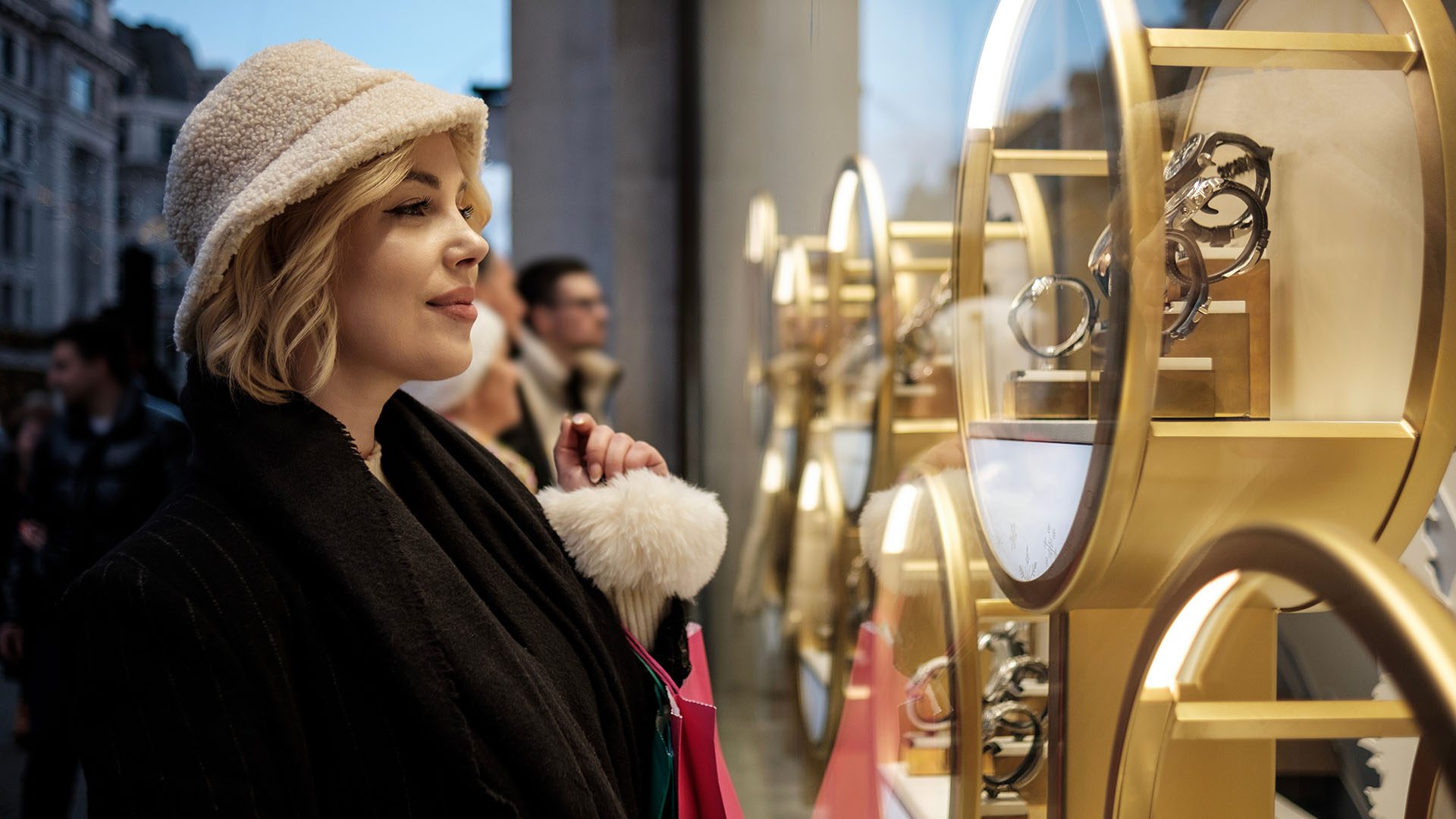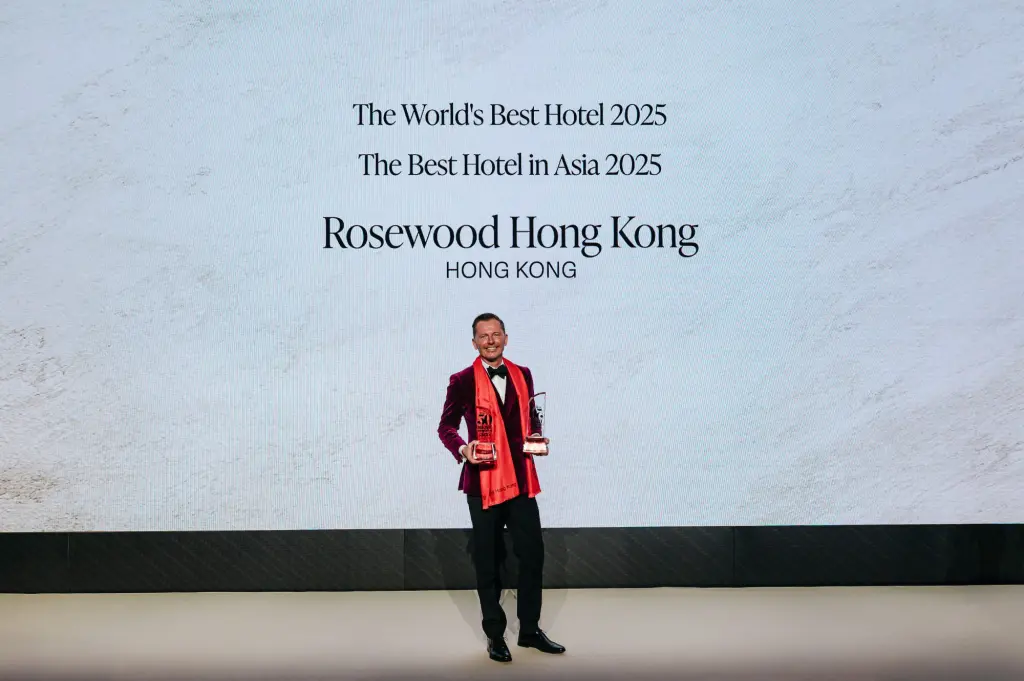Stay

Next to the remnants of an old Roman gateway / ©Vista Palazzo Verona
In the center of Verona, the pedestrian is king. The location of Vista Palazzo Verona, tucked into a quaint cobbled side street next to the remnants of an old Roman gateway, is slightly removed from the beating heart of everything, yet still a short walk away. Transfers and taxis, however, are permitted to pull right up to the property. With just 13 suites and 3 rooms overseen by Resident Manager, Chiara Russo, chic and charming in equal measure, a seductively warm and welcoming atmosphere propels the hotel incontrovertibly into that category labelled “small, but perfectly formed”.
The top floor of the building houses the restaurant, leading to a spectacularly sited rooftop bar delivering superlative 360’ views. The basement, meanwhile, is entirely given over to a carefully crafted spa, incorporating the only hotel pool in town. Admittedly, it’s not huge, and functions more as a complement to the spa’s other offerings, but it’s a very welcome sight after a hot day exploring the wonders of the city. Incorporating a steam room, sauna, hydromassage, and ice shower, along with a 500 sq. ft private spa within a spa, all supported by a full complement of treatments, this secret sanctuary of pampering positions wellness as a core facility.
Design

The re-design was overseen by veteran Milanese architect Maurizio Maggi / ©Vista Palazzo Verona
It’s not long inside this little pearl of a property before the realization takes hold, that virtually everything in there is extrapolated from that legendary Italian genius for design and fashion. It’s part hotel, and part homage to this long-standing pre-eminence in designing pretty much anything from cars to clothes to wine glasses and furniture. Products rendered so desirable that wallets are emptied on the spot with fatalistic resignation. Many of these demi-gods of the design universe are, of course, based right there, in and around Milan. Bianca Passera, a former director of the silk museum in Como, where the silk industry was based in the 19th & 20th centuries, is clearly plugged into this creative cultural legacy and keenly reflected in her hotels.
As with the Como property, the re-design was overseen by veteran Milanese architect Maurizio Maggi. He has elaborated a tableau composed of deep rich colors interlaced with natural woods and stunning Italian marble work, sourced from eight different Italian quarries. The walnut parquet panels are handmade and decorated with resin by Alchimia Italia, whilst sofas and chairs are by the highly revered Baxter, which may sound English, but are quintessentially Italian, and also from Como. Dedar, responsible for much of the textiles and wallpapers, with showrooms on New York City’s 3rd Avenue and London’s Chelsea Harbor, are out in the countryside between Milan and Como. And so it goes, with room linen from Rivolta Carmignani, hand-made glass appliques from Marchetti Illuminazione, and dinnerware from Ginori – an unceasing rollcall of Italian design supremacy. If the devil is in the detail, there’s been some seriously devilish activity going on here.
Dine
Constraints of space, together with the hawk-like heritage oversight of a city comprised largely of historical buildings, no doubt, presented problems for Maurizio Maggi. A kitchen on the ground floor with Sottovoce restaurant on the top floor is a compromise derived from such challenges, but crucially, it all functions seamlessly.

Hints of music and snippets of Italian banter / ©Vista Palazzo Verona
Under the experienced tutelage of chef Fabio Aceti, whose culinary backstory embraces the kitchens of the Roux Brothers in London, a creative and accomplished gastronomy is presented with great flair. Dishes like wild boar Bottoni – pasta shaped like big buttons, with morels and buffalo mozzarella, or tartare of smoked arctic char, from the Italian Alpine lakes, accompanied by a raspberry carpione, a local speciality vinegar-based salad for presenting freshwater fish, confirm an accomplished hand presiding over the kitchen.
The rooftop bar serves as an elegant escape within which to nurture a negroni or cradle a digestivo as the sun sinks spectacularly over the pantiled panorama of the city’s rooftops. Breakfasts can also be taken up there. With hints of music and snippets of Italian banter seeping out from behind the shutters of neighboring buildings, and wafting across the morning cappuccino, a more endearing way to begin the day is difficult to conceive.
Explore
With Venice so accessible, the vineyards of Valpolicella and Soave right next door, and Lake Garda just 20 minutes away, the possibilities for exploration within the surrounding region are manifold. The magic of the city itself though is more than capable of commandeering the attention.
Throughout the Summer, the world-renowned Verona Opera Festival stages 50 days of performances in the Verona Arena, the amphitheater constructed in 30 A.D. Established on the centenary of Verdi’s birth in 1913, and famously challenging for the singers who perform to audiences of 20,000, it is effectively the largest opera house in the world, and a 10-minute walk from Vista Palazzo.

The only hotel pool in town / ©Vista Palazzo Verona
The entire cityscape is replete with ancient churches, hidden courtyards of breath-taking beauty, and centuries-old squares, time-worn and weathered into imperfect perfection – a never-ending film set, which is, in fact, how the other main attraction, Juliet’s Balcony, came about.
In 1935, director George Cukor dispatched scenographers to Verona to scout locations for his upcoming movie which was, at the time, the most expensive Shakespearean adaptation to date. They were disappointed not to find a balcony despite Shakespeare’s text never mentioning one. With the enthusiastic participation of the propaganda minister, Mussolini’s son-in-law, they stuck one up there anyway, enabling Trevor Howard to woo Norma Shearer in true Hollywood style. The balcony has exerted an unstoppable fascination over visitors ever since.
In tandem with Bianca Passera’s statement of stylish intent for the city’s hotels, an equally significant development within Verona’s already rich cultural legacy has just been inaugurated. Perhaps the most atmospheric of all Verona’s squares is the Piazza delle Erbe, 5 minutes stroll from Vista Palazzo Verona, at the end of which sits the most significant 17th-century palace in the city – the majestic and imposing Palazzo Maffei. Originally the home of the all-powerful Maffei family, and latterly a bank, it’s now restored and repurposed into a wonderful museum, one so engaging that even habitual museo-phobes will enjoy.
Acquired by Veronese entrepreneur, Luigi Carlon, to house his life-long eclectic collection of artworks, which, whilst emphasizing Verona’s art history, also ranges from Greco-Roman to modern installations, and incorporates works from Picasso, Warhol, Magritte and Canova. Over 500 pieces masterfully curated by Gabriella Belli, director of Venice’s municipal museums, in an impressive juxtapositioning of classical and contemporary.
So Shakespeare’s city of star-crossed love steps out into the post-pandemic world brandishing not only a wonderful new cultural center but also a strikingly opulent addition to its hotel scene. Fair Verona seems set fair, indeed.
verona.vistapalazzo.com

